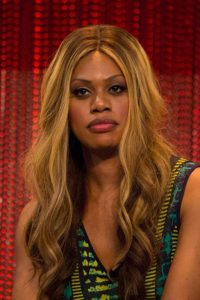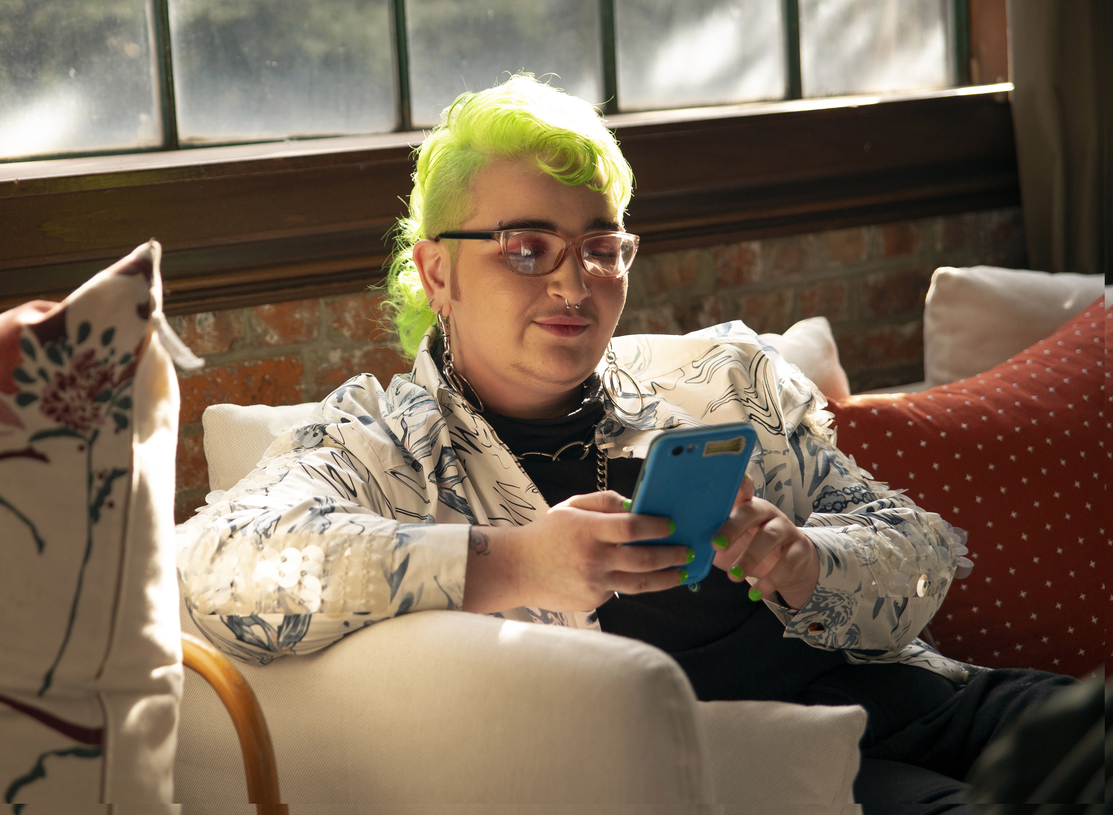Growing up in the 21st century, it’s second nature to turn to a screen, be it a phone’s social media feed or a television screen, for any and all news or entertainment. It’s how we primarily interact and observe the world. But how would it feel if you looked at that screen and saw no one like you? If there was nothing to learn from, no one to look up to in the screens you spent your days looking at?
It wouldn’t exactly be an ideal situation for someone’s psychological development, but the sad truth is that this is the reality of many queer children around the world.

Whether someone is growing up in a small town as I have, or the biggest city on Earth, the odds that there will be a queer person to serve as an example in their daily life are scarce. This means that we almost always turn to the media to glean who we’re supposed to be as queer people, what it means to be queer, and even what type of queer person we are or what identity we fit into. All of these things are hard enough to navigate without the media filling our viewpoints with harmful misrepresentation or stereotypes.
Often in media, queer people are depicted in blatant stereotypes. The gay man is always excessively feminine, overly camp, and brutally dramatic or diva-ish. The lesbian is often overly masculine, quiet or withdrawn, or even portrayed in the same way as straight male characters. Trans characters are usually oriented around being trans and being trans only, constantly struggling with their identities, and their only personality trait is that of being trans. Don’t misunderstand, exemplifying any of these traits is not a bad thing. Gay men can be camp and effeminate, lesbians can be masculine or anxious, and trans people can be trans in whatever way they choose. But the idea that this is all there is, that these are the only way queer people are ever written, is not only inaccurate, but damaging to the young queer people taking cues from these characters or actors.
The reality is, all gay men are not overly feminine, and that is okay. Not all lesbians are masculine, and that is okay. Not everyone who falls under the trans umbrella is binary, as in male to female or female to male, and that is okay. The reality is, being queer is about being whoever you want to be, however you want, and letting your life reflect that. Gay men can be anything from hyper feminine to hyper masculine, as can lesbians, nonbinary people, trans people, and anyone under the LGBTQIA+ umbrella; the media needs to reflect that.
There are so many ways that media can positively reflect accuracy in the representation of queer people. It can be a story that focuses on a gay couple that isn’t the stereotype, such as Ian and Mickey from Shameless, or a series that isn’t openly queer but has actors who proudly support queer people, such as The Golden Girls with Betty White. It can be by casting a trans actor in a trans role, such as Laverne Cox as Sophia Burset in Orange is the New Black. Music artists who are queer and tell queer stories, such as Lady Gaga, help representation tremendously. Any way that queer people can be accurately represented, on or off the screen, in a way that isn’t a perpetuation of harmful stereotypes, is a success for queer media and should be nothing less than the bare minimum for queer content.
Any media representation, especially that of a minority, is important. There are many challenges to accurately writing a minority of any kind, and many dangers in getting it wrong, but this is especially true for that of queer media. So, the next time you consume a piece of media, be it a written work, a filmed work, a musical work, or anything above, between, or beyond, be sure you do your best to observe critically or, if you’re producing that media, to accurately and justly represent the people you choose to include.
There’s no perfect standard for writing a minority that is so diverse, but there are very many easily observable dos and don’ts that should be observed as best as possible. It’s our lives you’re producing, the least you can do is make an effort to produce our lives in the way they occur, instead of the way they’re expected to.
Image credits: The Gender Spectrum Collection and Dominick D

